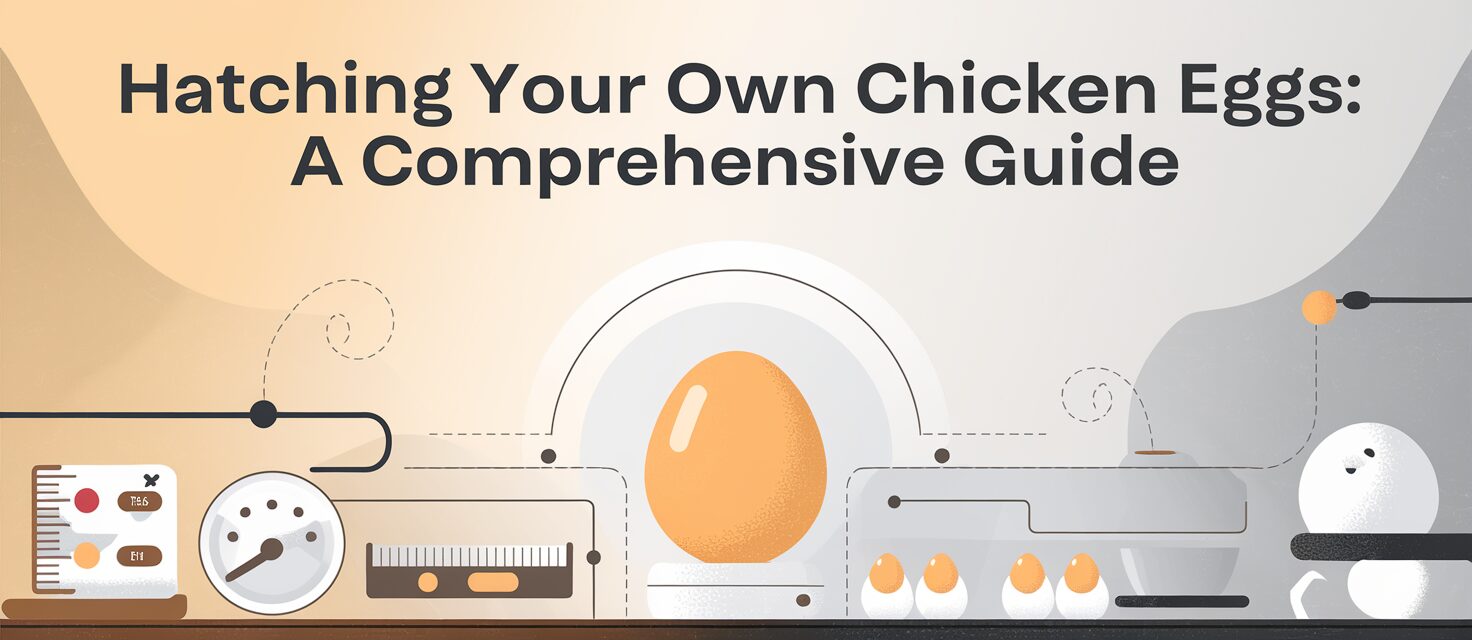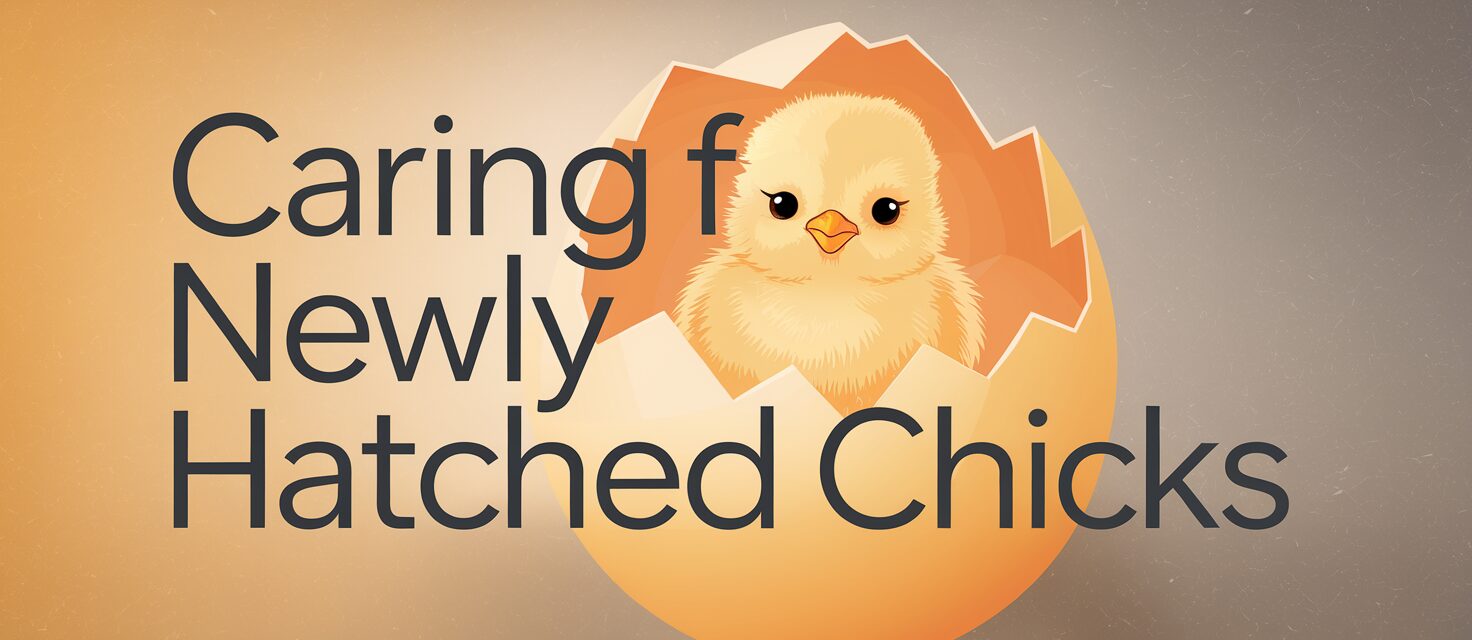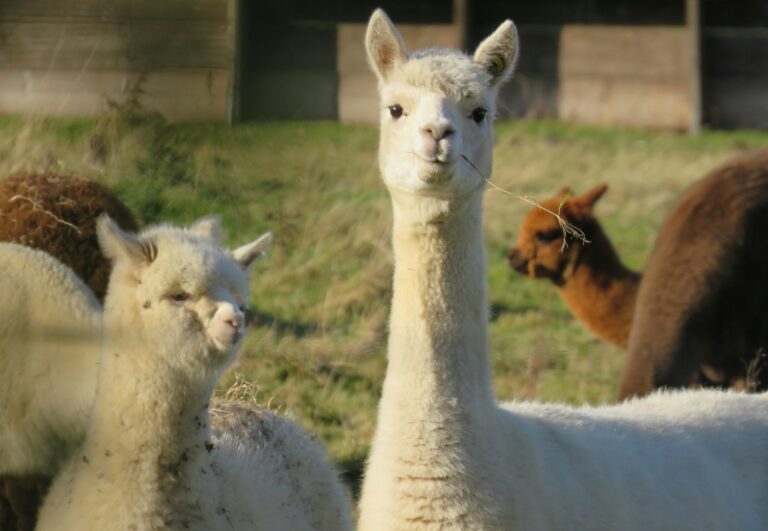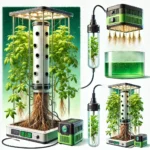Email: blogagri2@gmail.com
Incubate Chicken Eggs: A Complete Guide

Ready to start the super cool journey of hatching your own chicken eggs? Whether you are a small-scale farmer or an enthusiast, egg incubation is a process that requires precision, patience and the right knowledge to be successful.
This guide will provide necessary knowledge to hatch chicks using expertly gathered experiments. The proper temperature of 37.9°C (99.5°F) and slight humid conditions between 55-70% are among the starting practices for this complex process.
Choosing fertile eggs as well as the right incubator, and also properly managing the lockdown period, are all part and parcel of what we are offering with utmost confidence through scientifically-backed and practical methods. Our step-by-step approach has helped countless beginners transform into confident chicken breeders, achieving impressive hatch rates.
Let’s unlock the secrets to successful chicken egg incubation and start your rewarding journey toward hearing those first excited peeps!
Essential Requirements for Chicken Eggs Incubation
When you about to begin the journey of incubation of chicken eggs, it is as if you start an interesting project where the result is the birth of life.
So, before you take a plunge into this fun process, make sure that you have at least some of the essentials and know what the major needs are:
Key Equipment Needed
A trustworthy incubator is likened to an artificial mother hen, which provides your chicks with the perfect environment for their growth and development.
Temperature and humidity levels can be accurately monitored by the use of an accurate thermometer and hygrometer – these are the tools that guarantee the success of the process.
Candling device is a very useful tool that helps you monitor the development of embryos quite clearly for the whole time of incubation.
Environmental Controls
The controlled environment is crucial for egg development. Think of it as creating a cozy nursery for your future chicks.
Temperature should stay steady at 99.5°F (37.5°C), just as it would under a mother hen.
Proper setup includes finding a draft-free location away from direct sunlight, preferably in a room with stable temperature.
Space Requirements
A dedicated space of at least one square metre is ideal for your incubation setup.
This allows enough room for the incubator, monitoring equipment, and space to work comfortably.
Safety Considerations
Install a backup power source to handle any unexpected power outage.
Keep cleaning supplies nearby – maintaining hygiene is crucial for the specific requirements of the egg.
Record Keeping Tools
A logbook or digital app helps track temperature, humidity, and turning schedule.
This documentation becomes invaluable for improving your success rate in future batches.
💡 Key Takeaways: Successful chicken egg incubation requires the right equipment, proper setup, and careful attention to environmental controls, making it a controlled yet rewarding process.
Preparing for Incubation – Choosing the Right Equipment
Selecting the right equipment is crucial for a successful incubation process. First, consider your incubator options. While commercial units simplify things, you can also incubate chicken eggs without an incubator using homemade solutions like cardboard boxes and heat sources.
Next, temperature control is essential. A reliable thermometer will help maintain the ideal range of 99 to 102 degrees Fahrenheit.
Humidity plays a significant role too. You need to keep it around 50-55% during most of the incubation period, increasing it to 65% in the final days before hatching.
Don’t forget about turning devices or manual methods if you’re going traditional! Regularly rotating eggs helps prevent embryo sticking to shells and promotes healthy development.
Stock up on essentials like egg trays and water containers for humidity management. With proper preparation, you’re setting yourself up for success with those little hatchlings.
Selecting and Sourcing Fertile Eggs
Finding quality fertile eggs is like searching for the perfect ingredients for a recipe – it can make or break your success.
Reliable Sources
Your local game bird farm offers the most reliable source for fertile eggs.
Many stellar game bird breeders and fwc game farms specialize in providing healthy, viable eggs.
Identifying Fertile Eggs
Look for eggs from flocks with an active mother hen and rooster.
Fresh eggs less than 7 days old provide the best chances for successful hatching.
Avoid using store-bought eggs – they’re typically unfertilized and won’t develop into chicks.
Storage Guidelines
Keep eggs pointed end down at room temperature if planning to incubate within 7 days.
For longer storage, maintain a temperature around 55°F (13°C) with 75% humidity.
Quality Indicators
Check for clean, well-formed shells without cracks or abnormalities.
Medium-sized eggs typically have better hatch rates than very large or small ones.
💡 Key Takeaways: Quality improvement in hatch rate and getting the right egg supply.
Setting Up the Incubator and Adjusting Temperature and Humidity
Your chance of success in hatching an egg largely rests on the quality of the materials and your preparation before starting the incubator. You are set to proceed from there by choosing a site with constant temperature and without the direct rays of the sun or drafts. With this, the environment will have a continuous setup which is very important the first days of life without fail.
What is next to come is to fill the designated humidifiers with water to increase the humidity of the space although it can be done differently. The humidity level in the incubator should be maintained between 40-50% in the incubation phase and should be increased to about 65% during lockdown.Irresistible is no longer the case as temperature has to be taken into consideration, too. The requirement for chicken eggs is typically a stable temperature, which is around 99.5°F (37.5°C).
The fluctuations are usually so slight that it needs a very accurate thermometer for monitoring, as even little ones can cause developmental disturbances.Do not forget about the airflow! There should be enough air circulation inside the incubator so sap that the heat and the humidity levels are present. Regular maintenance checks and monitoring will help you prevent problems and improve the hatch rate.
The Incubation Process – Turning Eggs, Candling, and Troubleshooting Common Problems
The incubation process is a delicate balance of care and observation. Turning the eggs regularly is crucial. Aim for at least three times a day to prevent the embryo from sticking to the shell membrane.
Candling is another vital step. Use a bright light to check development around days 7, 14, and 18. This helps you identify fertile versus non-fertile eggs while monitoring growth progress.
Common problems can arise during this period. If temperatures fluctuate, it could impact hatch rates negatively. Ensure your incubator’s thermostat works properly.
Humidity levels also play an essential role in successful hatching. Ideally, maintain humidity between 40-50% for most of the incubation time; increase it to about 65% near hatching day.
Watch out for any signs of distress in the embryos too—this includes unusual movement or sounds coming from inside the egg. Address issues promptly to give your chicks their best chance.
Hatching and Caring for Chicks

Once your eggs hatch, the real fun begins. Chicks are lively and curious creatures right from day one. They’ll need a warm environment to thrive.
Set up a brooder with heat lamps or heating pads. Maintain temperatures around 90-95°F for the first week, then gradually lower it as they grow. This helps them adjust comfortably while promoting healthy development.
Provide fresh water and high-quality chick starter feed rich in protein. Their diet is crucial during these early days as it supports growth and energy levels.
Keep an eye on their behavior too. Healthy chicks are active and social; lethargy can signal issues.
Ensure cleanliness within their space to prevent diseases. Regularly clean out bedding materials, replacing them with fresh ones to keep everything hygienic.
To create companionship and lower stress, start and gently interact with your baby chicks every day. They are going to house bond and your presence is no longer an issue to them over time. A word of caution: baby chicks are adorable and entertaining, but remember, they will grow into adult birds.
Read Also: Chicken Brooder: A Guide to Raise Healthy Chicks
Conclusion
Undoubtedly, setting off on the chicken eggs incubation journey and carrying out the process from scratch is a great way to experience nature in a way that gets us closer to it. By reading this all-inclusive manual with all the rights and wrongs, we have studied all the issues of the successful egg incubation, ranging from the process of fertile egg selection and the efficient temperature control to the methods of humidity management and the crucial lockdown period.
Remember, successful hatching requires patience, attention to detail, and consistent monitoring of your incubation environment. Whether you’re a small-scale farmer or an enthusiast starting your first batch, the key to high hatch rates lies in following these expert steps while maintaining the proper setup and right equipment throughout the 21-day journey.
What’s even more exciting is that when you have a successful hatching, you do have an adorable baby and a lot of learning opportunities. The guide gives you all the know-how and practical skills to expeditiously launch your egg incubation journey and make success a sure thing. Be prepared that the first of life’s miracles on your farm will be the hatching of chicks from their eggs – that will be a reminiscing memory for you!







